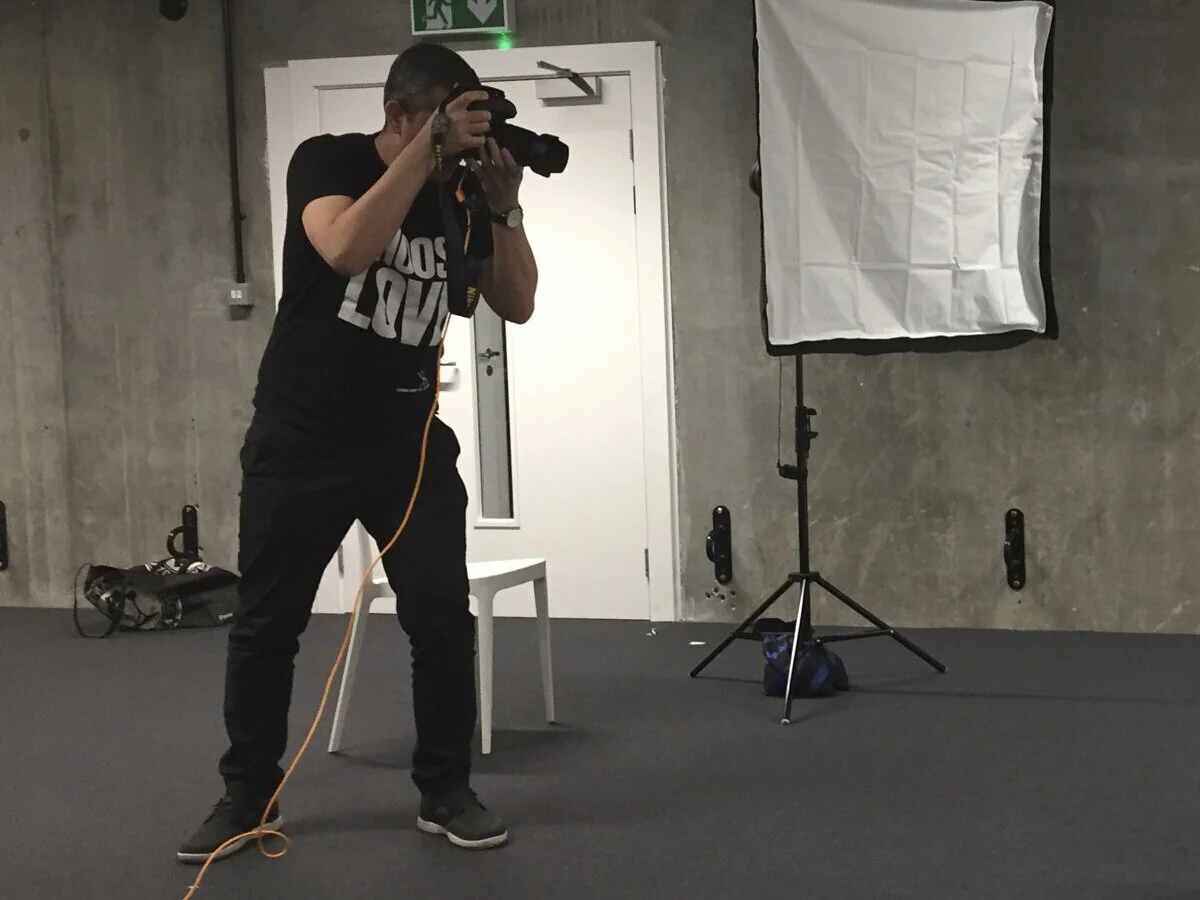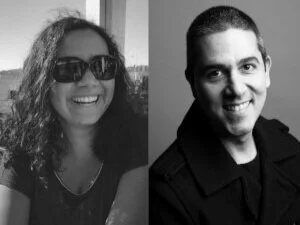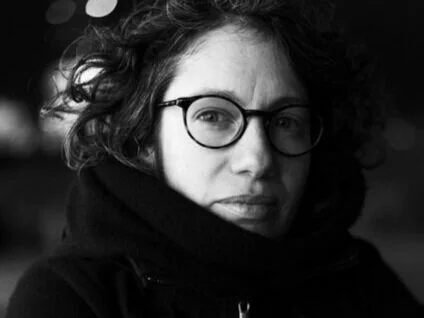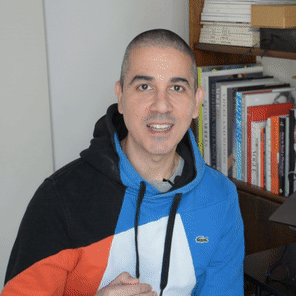If you are a Professional Photographer, what is the one thing you want the most? To take photos. Sadly, anyone who runs a photography business can tell you that 95% of our time is spent dealing with the business side of things and managing our projects. Successful Professional Photographers have to be excellent project managers to be able to balance multiple projects at the same time while still running their business, promoting their work and finding time to work on personal projects to update their portfolios. However, even amongst those who successfully deliver projects consistently, there is a vast majority of Professional Photographers who lack Project Management skills. Here's how I can help.
I am a Socially-Conscious Photographer with more than 25 years of Project Management experience in different countries, and more than 10 years of experience in mentoring peers and students in the Creative Industries. I designed a set of tools to educate and empower other creatives to run their projects successfully and achieve their potential as change agents.
To help you manage your Photography Projects better, be it personal or client work, I offer One-On-One Mentoring Sessions and Consultations for Individuals, and Talks, Webinars and Workshops for Organisations, to help them turn their ideas into projects, successfully manage their projects from inception to completion, and run a practice with a social orientation while creating projects for social transformation.
I know first-hand that having a mentor can change your career forever. When I changed careers at almost 40 years old, I started anew in a different industry, a different country, a different work culture and a different language. I wouldn’t have been able to get a foot in the new industry if it hadn’t been for those who lend me a hand. So I decided to offer that chance to other people, allowing myself to have a positive impact on someone else’s career and see them thrive while they feel supported.
These tailored 1-hour mentoring sessions allow us to discuss Photographer-to-Photographer anything you might need support with:
Turning your ideas into photography projects.
Planning your photography projects.
Keeping you accountable for the progress of your projects.
Creating projects with a Social Impact.
Running a purpose-driven practice.
Find out more about my mentoring sessions here.
These 2-hour working sessions allow me to help you design your project or help you unstuck a project that you've been dragging on:
Feedback on ideas and approach.
Support on Project Development.
Practical Advice on Planning and Managing Tasks.
Advice on Execution and Management Tools.
Accountability for progress, actions and goals.
Guidance on developing projects for Social Transformation.
Find out more about my project consultations here.
Talks, Workshops and Webinars:
I am available for Talks, Workshops and Webinars for Organisations that include group dynamics, activities and discussions on any of the following topics, or I can even design a topic tailored to your needs:
All the talks, workshops and webinars can be tailored to the organisation's needs and I can also design a tailored one that fits the requirements of your organisation. Just get in touch!
Taking amazing photos is no longer enough. The truth is that there are more photographers out there than we'd like to admit that are as good or are better than we are. But, running a successful photography practice takes more than just knowing how to take good images. And knowing how to successfully manage your projects is a mandatory skill. If you are ready to run your projects better, let’s have a talk.
Photo credit: behind the scenes by Facundo Bustamante.
Do you like what you just read? Consider becoming a patron on patreon.com/jccandanedo where you can learn more about my creative process and the stories behind my images. I’d love to have you as part of my Patreon community.
Subscribe to my weekly blog posts here! You may subscribe to the audio version wherever you get your podcasts.

























































